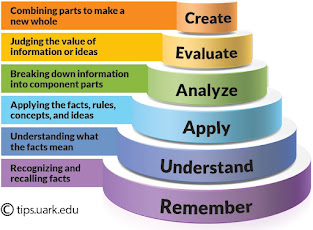Smart Thinking- Making Connections with Smart Thinking

Making Connections with Smart Thinking Making connections with smart thinking involves the ability to recognize patterns, draw relationships between different ideas, and apply knowledge in new and diverse situations. It requires critical thinking skills such as analysis, synthesis, evaluation, and creativity to make meaningful connections that lead to deeper understanding and innovative solutions. By making connections with smart thinking, we can become more effective problem-solvers, decision-makers, and learners. What can get from reasoning Solve problems: Reasoning helps us to analyze complex problems, identify potential solutions, and evaluate their effectiveness. Make informed decisions: By considering all relevant information and weighing the pros and cons, we can make better decisions that are based on sound reasoning. Communicate effectively: Reasoning allows us to articulate our thoughts and ideas in a clear, logical, and persuasive manner. ...









.png)
.png)
